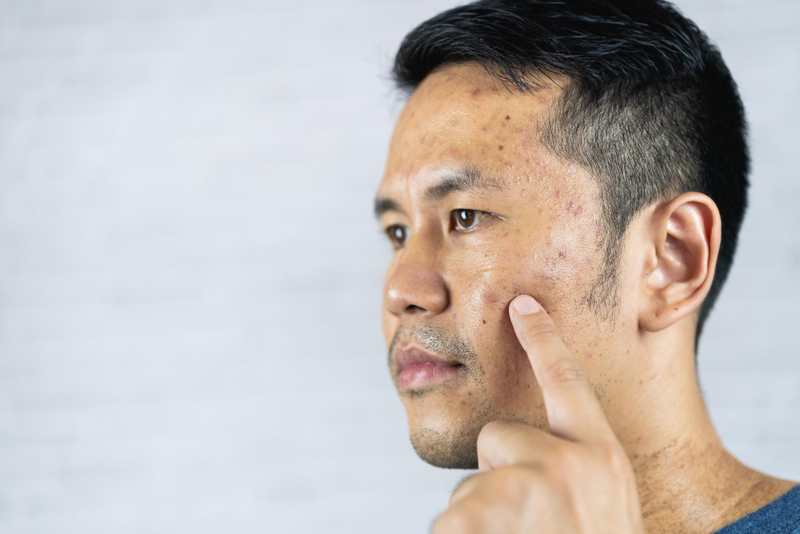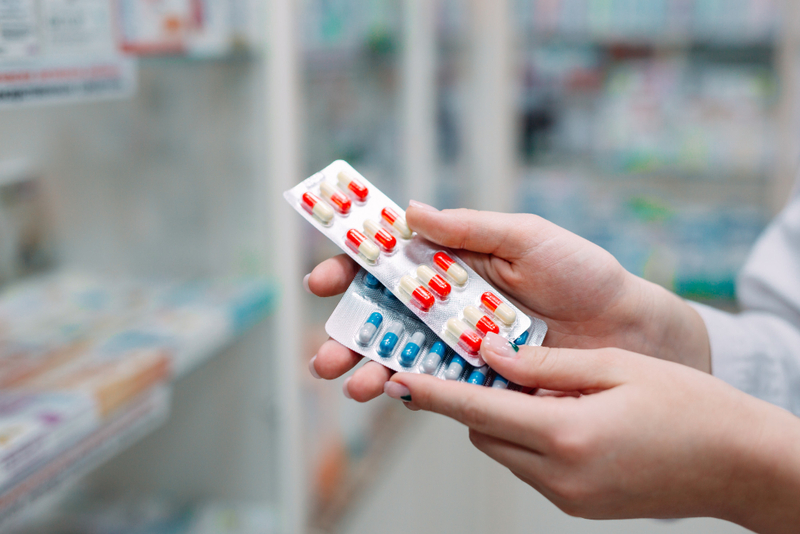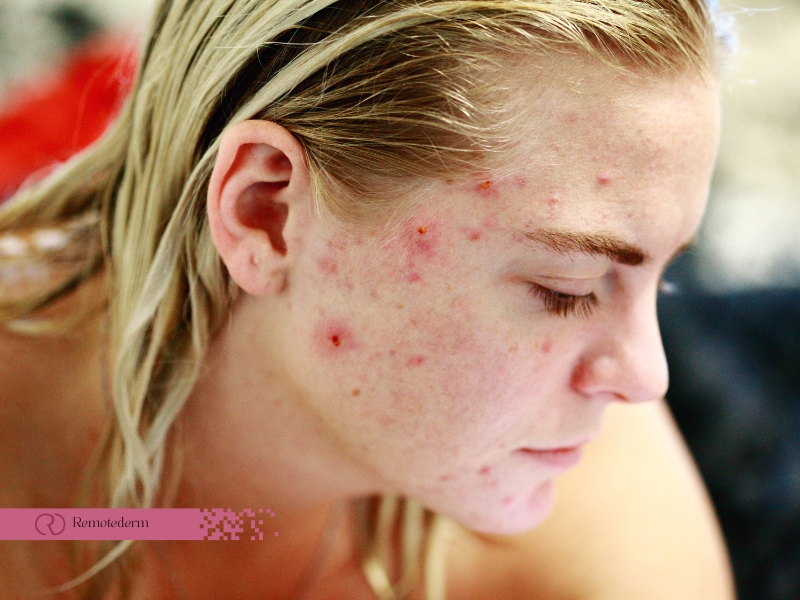Acne is a common skin condition affecting people of all genders and ages across Canada, but it presents differently in men and women due to hormonal influences, genetics, skin types, and life stages. Understanding these differences—such as which gender tends to experience more acne and why—can help guide more effective treatment and management strategies. This article explores the variations in male and female acne, the factors contributing to these differences, treatment options, and age-related trends, with insights tailored to the Canadian experience.
Hormonal Differences and Their Impact on Acne
Hormones play a pivotal role in the development of acne. The sebaceous glands in the skin produce oil, which can clog pores and lead to acne. However, hormonal fluctuations impact acne differently in each gender.
Female Hormones (Estrogen and Progesterone)
In women, hormonal fluctuations during the menstrual cycle influence estrogen and progesterone levels. While estrogen generally has a mild anti-acne effect by regulating oil production, progesterone fluctuations can exacerbate acne by increasing sebum production and inflammation.
Besides the menstrual cycle, hormonal shifts during pregnancy, postpartum, or menopause can affect acne severity. Pregnancy hormone surges may cause skin issues, including acne. Postpartum hormonal changes can trigger breakouts, while menopausal estrogen decline can increase acne.
Male Hormones (Androgens)
Androgens, especially testosterone, are crucial in male acne development. These hormones, more abundant in males, stimulate sebaceous glands to overproduce oil, increasing the risk of clogged pores and severe acne like nodular or cystic acne.
Male acne is persistent and widespread, affecting areas like the face, back, and chest due to higher sebaceous gland concentrations. This often results in greater severity and requires more intensive treatment, posing long-term challenges for those affected. Understanding the role of male hormones in acne is vital for effective treatment planning.

Age-Related Patterns and Gender Differences in Acne
Acne patterns and prevalence can vary depending on both age and gender, with individuals experiencing different types and severities of acne at various life stages. Acne prevalence by age reveals distinct experiences across childhood, adolescence, and adulthood for males and females.
Teenage Years
Both genders often experience a surge in acne during their teenage years due to the hormonal changes associated with puberty. Boys typically experience more severe acne during this period because of higher testosterone levels, which can lead to increased oil production and more intense breakouts. In girls, acne may peak around the onset of menstruation, influenced by hormonal fluctuations that affect the skin and contribute to the severity of acne.
Adult Acne
Adult acne is more prevalent in women than in men, often stemming from hormonal fluctuations across different life stages. Women may experience acne during pregnancy, postpartum, or menopause due to changes in hormone levels, which can affect skin health. In contrast, men generally see a decline in acne as they age, experiencing fewer instances of adult acne overall.
Treatment Approaches for Male and Female Acne
Acne treatment varies based on gender and underlying causes, requiring tailored strategies for the best results. In Canada, where environmental factors like cold winters can exacerbate skin conditions, understanding gender-specific treatment approaches is crucial.
For Males
Treating acne in males involves considering lifestyle factors such as stress, diet, and grooming habits, and maintaining a healthy lifestyle and tailored skincare routine to support effective acne treatment.
- Topical Treatments: Men can benefit from retinoids and benzoyl peroxide, which can help clear mild to moderate acne.
- Oral Medications: For more severe cases, oral antibiotics may be prescribed to combat bacterial growth and inflammation.
- Isotretinoin: In cases of severe acne, isotretinoin may be considered under the supervision of a dermatologist to manage symptoms effectively.
For Females
Women should address hormonal imbalances contributing to acne by consulting a healthcare provider for targeted treatment. Managing conditions like PCOS and monitoring the menstrual cycle can improve acne management:
- Topical Treatments: Women can use similar treatments as men, including retinoids and benzoyl peroxide for mild to moderate acne.
- Hormonal Treatments: Women can benefit from hormonal treatments such as birth control pills and anti-androgen medications to regulate hormones and reduce acne severity.
- Oral Medications: Antibiotics and isotretinoin may also be prescribed for more severe cases, especially if topical and hormonal treatments do not yield satisfactory results.

Gender Differences in Acne: An Overview
Understanding the unique differences between male and female acne can aid in selecting the most appropriate treatment and management strategies. Here’s an overview of key differences:
Severity and Type
Males often have severe, persistent acne like nodular and cystic types, which can be hard to treat. Female acne varies with hormonal changes during life stages such as puberty, menstruation, pregnancy, and menopause. These fluctuations make female acne unpredictable and may necessitate different treatment approaches depending on the life stage.
Hormonal Influence
Hormonal influence significantly impacts acne development for both males and females. In males, testosterone increases oil production, causing severe and stubborn acne. Females experience hormonal fluctuations during life events like the menstrual cycle, pregnancy, and menopause, affecting acne severity and type. These changes may require tailored treatment based on a woman’s life phase.
Treatment Options
Males often use a combination of topical treatments and oral medications for acne management. Females may benefit from hormonal treatments along with topical and oral medications for severe cases. This approach addresses hormonal shifts and skin health for effective acne management. Online acne dermatology in Canada offers easy access to personalized treatments and expert advice for both genders.
Final Thoughts
Acne is a complex skin condition that affects both men and women differently across Canada, influenced by factors such as hormones, genetics, skin type, and life stages. These factors play a significant role in the development and severity of acne, and understanding the unique differences between male and female acne can help guide more effective treatment options. Tailored management strategies, based on individual needs, are essential for clearer, healthier skin. Consulting with a professional online acne dermatologist in Canada can provide personalized advice and treatment plans, ensuring the most effective approach for each person’s skin.
FAQs
Does stress affect male and female acne differently?
Stress can trigger acne in both genders by affecting hormone levels. However, the impact and severity of stress-induced acne may vary depending on individual responses.
Are there lifestyle changes that can help manage male and female acne?
Yes, lifestyle changes such as a balanced diet, regular exercise, and proper skin care can help manage acne for both genders. Avoiding excess sugar and dairy products may also help.
Can specific skincare routines benefit male and female acne differently?
Individualized skincare routines can address male and female acne needs. Men may benefit from oil-control products, while women may require gentler options for hormonal fluctuations.
How does the prevalence of acne differ in different age groups for males and females?
Acne is most common during adolescence for both genders. In adulthood, it decreases for males but may persist or fluctuate in females due to hormonal changes related to pregnancy and menopause.
